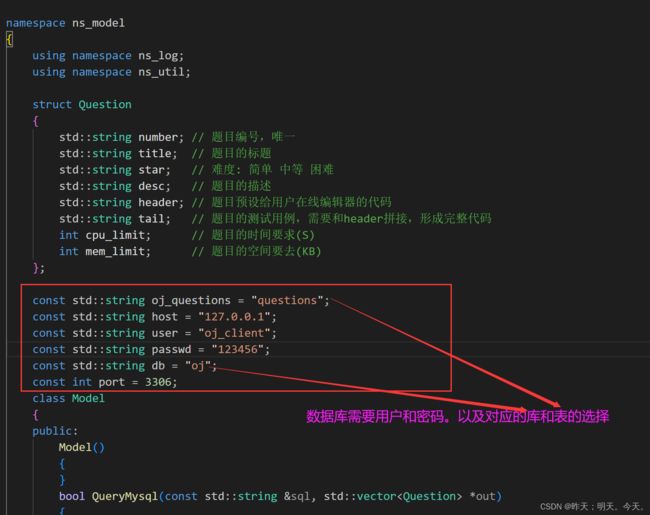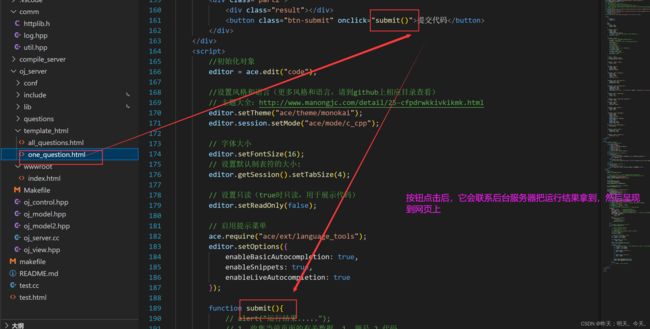负载均衡式在线OJ
文章目录
- 0 项目展示
-
- 代码链接
- 1. 所用技术与开发环境
-
- 1.1 所用技术:
- 1.2 开发环境
- 2 项目基本结构
- 3 CompilerServer模块设计
-
- 3.1 整体结构设计
-
- 3.2 util.hpp(后面有不认识的函数调用可以来这里看看有没有它的实现方法)
- 3.1.1 添加日志功能(comm模块)
- 3.1.2 获取日期时间格式的时间戳(comm模块)
- 3.2 compiler编译模块
- 3.3 runner运行模块
- 3.4 compliler_run模块
-
- 3.4.1 功能实现概述
- 3.5 compiler_server模块
- 4 OJServer模块设计
-
- 4.1 各个模块功能介绍
- 4.2 oj_server模块
- 4.3 oj_model模块
- 4.4 oj_view模块
- 4.5 oj_control模块
- 5. 前端页面设计
- 6 顶层项目部署Makefile
- 7 项目组件的安装与使用
-
- 7.1 jsoncpp
- 7.2 httplib
- 7.3 boost库
- 7.4 ctemplate
0 项目展示
- 利用文件的方式进行录题
文件版Oj项目演示视频
- 利用MYSQL数据库的方式录题
负载均衡式在线OJ项目
代码链接
负载均衡项目
1. 所用技术与开发环境
1.1 所用技术:
- C++ STL 标准库
- Boost 准标准库(字符串切割)
- cpp-httplib 第三方开源网络库
- ctemplate 第三方开源前端网页渲染库
- jsoncpp 第三方开源序列化、反序列化库
- 负载均衡设计
- 多进程、多线程
- MySQL C connect
- Ace前端在线编辑器(了解)
- html/css/js/jquery/ajax (了解)
1.2 开发环境
- Centos 7 云服务器
- vscode
- Mysql Workbench
2 项目基本结构
我们的项目核心是三个模块
| 模块 | 功能 |
|---|---|
| comm | 公共模块,其它两个共同用到的hpp代码。例如:日志信息LOG |
| compile_server | 编译与运行模块 |
| oj_server | 获取题目列表,查看题目编写题目界面,负载均衡。 |
3 CompilerServer模块设计
3.1 整体结构设计
CompilerServer模块: 编译并运行客户端通过网络提交的代码,得到格式化的相关的结果
- compiler模块:只负责代码的编译。拿到待编译代码的文件名,进行编译,并形成对应的临时文件。
- runner模块:只负责运行代码。通过程序替换(execl)—>进行程序的运行—>把运行形成的信息以文件的形式存到temp目录下。
- compiler_run模块:整合编译模块和运行模块。解析用户发来的json串 -->把用户传过来的代码与后台测试用例的代码整合 ----> 编辑一个名字不重复的源文件—>调用编译和运行两个模块完成功能 —> json串构建的结果返回给编译服务模块。
- compiler_server模块:负责搭建http服务,接收客户端发来的请求,后调用compiler_run模块编译运行,并将结果返回给客户端。

- 它们之间的关系
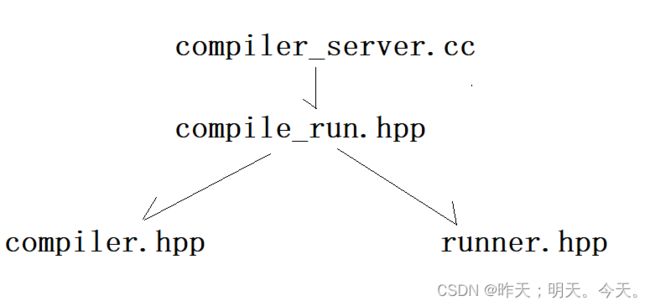
3.2 util.hpp(后面有不认识的函数调用可以来这里看看有没有它的实现方法)
- 代码里有注释
#pragma once
#include 3.1.1 添加日志功能(comm模块)
#pragma once
#include 3.1.2 获取日期时间格式的时间戳(comm模块)
获取当前时间:系统调用gettimeofday接口获取当前的时间戳
namespace ns_util
{
class TimeUtil
{
public:
static std::string GetTimeStamp()
{
struct timeval _time;
gettimeofday(&_time, nullptr);
return std::to_string(_time.tv_sec);
}
//获得毫秒时间戳
static std::string GetTimeMs()
{
struct timeval _time;
gettimeofday(&_time, nullptr);
return std::to_string(_time.tv_sec * 1000 + _time.tv_usec / 1000);
}
};
3.2 compiler编译模块
- 子进程进行编译(需要进行程序替换)
- 父进程等待子进程编译后的结果
具体实现的流程图如下:

当然这里就需要公共模块util.cpp里的代码(把无后缀的filename文件通过Pathutile类中的静态函数形成·所需要的相关后缀文件、例如—.Cpp文件)
#pragma once
#include 3.3 runner运行模块
运行实现的功能可以分三种情况:
- 代码跑完,结果正确
- 代码跑完,结果不正确
- 代码没跑完,异常了
把结果通过返回值的不同交给compliler_run模块处理。
3.4 compliler_run模块
3.4.1 功能实现概述
这里就涉及到网络服务,用户的代码会以json串的方式传给compliler_run模块。首先每次用户提交的代码都是唯一性的源文件,然后调用编译模块和运行模块编译并运行该源文件,然后通过编译与运行的结果构建相关的json串返回给上层,两个参数,一个输入形的json串,一个输出形的json串。
-
json串的body内容如下:
* 输入: * code: 用户提交的代码 * input: 用户给自己提交的代码对应的输入,不做处理 * cpu_limit: 时间要求 * mem_limit: 空间要求 * * 输出: * 必填 * status: 状态码 * reason: 请求结果 * 选填: * stdout: 我的程序运行完的结果 * stderr: 我的程序运行完的错误结果 * * 参数: * in_json: {"code": "#include...", "input": "","cpu_limit":1, "mem_limit":10240} * out_json: {"status":"0", "reason":"","stdout":"","stderr":"",}
3.5 compiler_server模块
把整个模块打包成一个网络服务,用户使用POST方法请求服务器上的compiler_run服务,请求的正文就是我们编译运行模块需要的json串。服务器用过json串调用编译运行模块,得到返回的json串后见响应返回给用户。
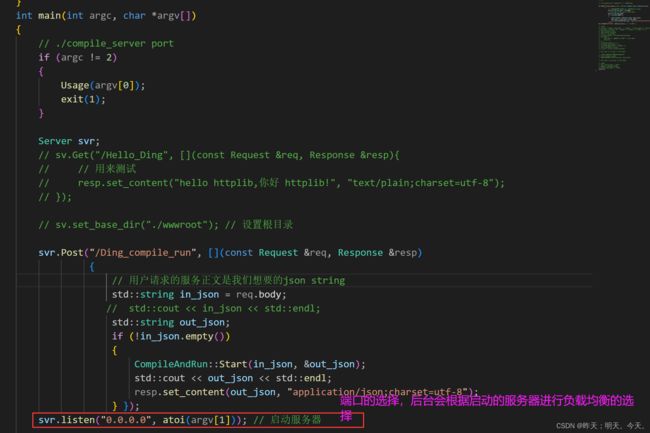
4 OJServer模块设计
4.1 各个模块功能介绍
- 基于MVC 结构的oj 服务设计本质:建立一个小型网站
OJ模块实现如下三个部分
- 获取首页,用题目列表充当
- 编辑区域页面
- 提交判题功能(编译并运行)
- 整个模块采用的是MVC的设计模式进行设计
M: Model,通常是和数据交互的模块,比如,对题库进行增删改查(文件版,MySQL)
V: view, 通常是拿到数据之后,要进行构建网页,渲染网页内容,展示给用户的(谷歌浏览器)
C: control, 控制器,就是我们的核心业务逻辑
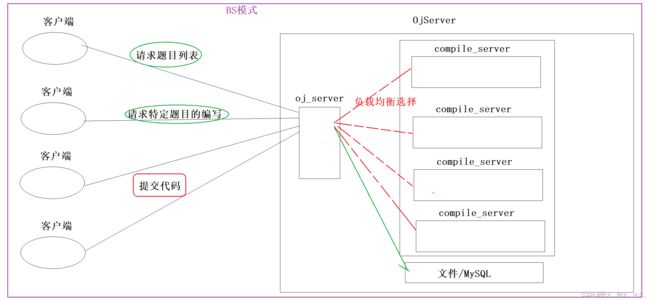
整个模块可分为四个部分:
oj_model模块:负责模块前两个功能的数据部分,通过与题库交互,得到题目的信息。
oj_view模块:负责渲染用户得到网页。
oj_control模块:负责整个OJServer模块的业务逻辑控制。对下负责选择不同的主机请求编译服务,对上根据用户的三种请求,配合上面两个模块,完成对应的功能。
oj_server模块:搭建http服务,根据用户的请求,完成功能。
4.2 oj_server模块
- 用户请求的服务路由功能
#include 4.3 oj_model模块
- model功能,提供对数据的操作。主要是为了得到题库中对应的题目信息。
因此我们设计的类的成员属性如下(结构化):
- 文件版:
struct Question
{
std::string number; // 题目编号,唯一
std::string title; // 题目的标题
std::string star; // 难度: 简单 中等 困难
int cpu_limit; // 题目的时间要求(S)
int mem_limit; // 题目的空间要去(KB)
std::string desc; // 题目的描述
std::string header; // 题目预设给用户在线编辑器的代码
std::string tail; // 题目的测试用例,需要和header拼接,形成完整代码
};
- MYSQL版:
struct Question
{
std::string number; // 题目编号,唯一
std::string title; // 题目的标题
std::string star; // 难度: 简单 中等 困难
std::string desc; // 题目的描述
std::string header; // 题目预设给用户在线编辑器的代码
std::string tail; // 题目的测试用例,需要和header拼接,形成完整代码
int cpu_limit; // 题目的时间要求(S)
int mem_limit; // 题目的空间要去(KB)
};
4.4 oj_view模块
渲染的意思就是把网页中的代码相关的关键字替换了,就相当与c语言的宏替代(我说的不准,只是类比一下)具体做法就需要在Linux上下载ctemplate
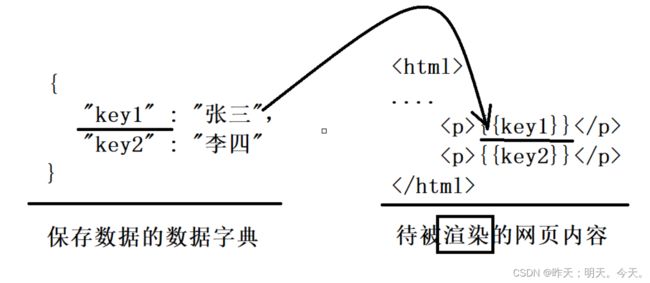
4.5 oj_control模块
- control,逻辑控制模块
- oj_control模块负责整个OJServer模块的业务逻辑控制。对下负责选择不同的主机请求编译服务,对上根据用户的三种请求,配合model和control两个模块,完成对应的功能。
- 它需要能够提供三个功能,即:一个可以构建好题目列表网页,一个可以根据题目编号构建好单个题目网页,还有一个判题功能。
- 要实现它的功能就需要前面那些模块的配合,网页获取题目列表的两个功能肯定需要model模块和view模块实现。判题功能需要调用compile_server模块,使用它的编译与运行的结果帮我完成判题。(当然服务器的选择需要计数来实现负载均衡;而普通数字肯定不行,我们需要加锁保护。)
5. 前端页面设计
6 顶层项目部署Makefile
在顶层新建一个Makefile文件,该文件的功能是make时可以同时编译CompilerServer服务和OJServer服务,当输入make output时会自动形成一个output文件,里面包含了compiler_server和oj_server的应用程序和一些运行程序必须的文件。输入make clean不光会清理掉创建的可执行程序,还会清理掉output。

output的内容就可以发布出去了。
7 项目组件的安装与使用
7.1 jsoncpp
jsoncpp安装及使用
7.2 httplib
httplib库的安装及使用
7.3 boost库
Linux上boost 安装及使用
7.4 ctemplate
ctemplate 安装及使用

